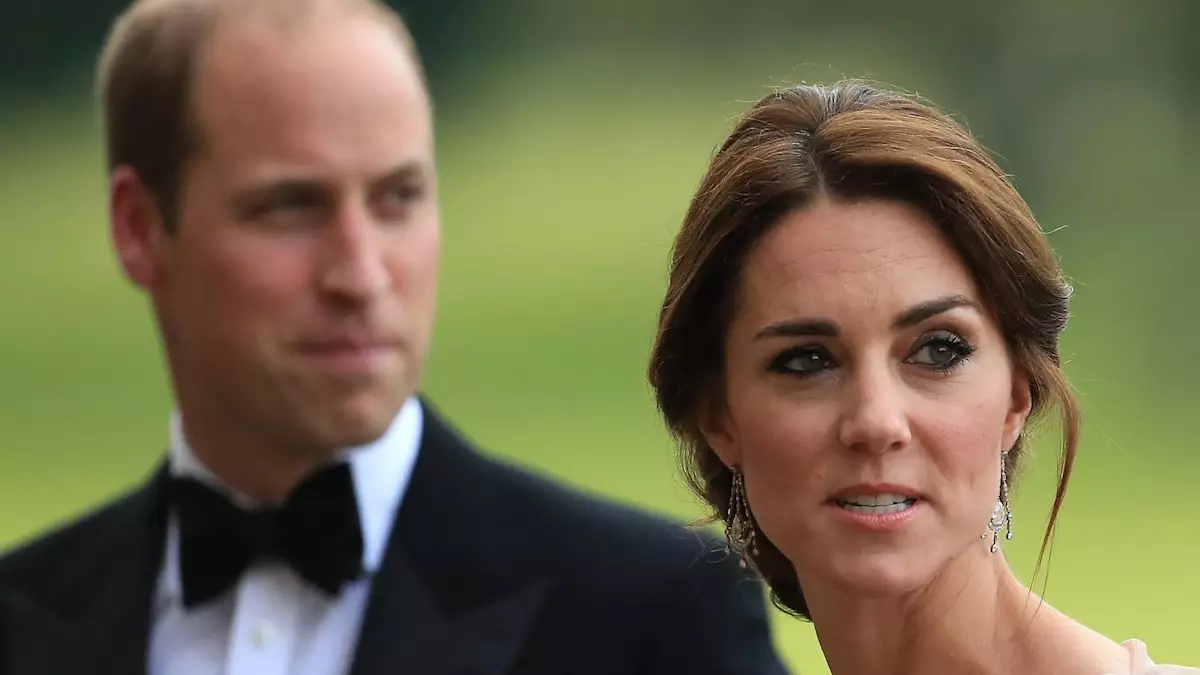The journey of Catherine, the Duchess of Cambridge, often known as Kate Middleton, through the fashion landscape has been nothing short of transformative. Initially, some of her sartorial choices elicited criticism, notably one that her husband, Prince William, deemed “inappropriate.” It is quite a fascinating phenomenon how the perceptions surrounding royal fashion have shifted dramatically. Today, we view Kate’s fashion sense not just as appropriate but as aspirational—an emblem of contemporary elegance that resonates with millions around the world. Her evolution from youthful exuberance to an established style icon mirrors her growth within the royal family and underscores how adaptability in fashion can lead to wider acceptance and admiration.
Kate’s early years before her marriage to Prince William were characterized by a different ethos—one that prioritizes personal expression over royal protocols. This phase, with its forays into daring outfits, laid the groundwork for a complex relationship with fashion. Remember the fateful encounter at the University of St Andrews fashion show where she donned a sheer skirt that caught the prince’s eye? Such moments encapsulated a spirit of youthful audacity—a stark contrast to the decorum expected of a future member of the royal family.
Interestingly, the aforementioned “inappropriate” outfit incident serves as a pivotal inflection point. It demonstrates that her initial fashion choices were often in discord with the rigid frameworks surrounding royal attire. Even though it brought about a moment of laughter between the couple, it was also a telling indication of the dichotomy between personal style and royal expectations. This tension is vital to understanding Kate’s fashion trajectory, which evolved in response to the often unyielding traditional wardrobe requirements of royal engagements.
The Transition: Fashioning a Royal Identity
With her marriage to William, the world bore witness to her deliberate shift from carefree attire to a more curated, emblematic royal wardrobe. The infamous blue wrap dress by Issa worn during her engagement announcement marked a significant milestone. It not only signified her entry into the royal fold but also set in motion her commitment to marrying personal style with royal dignity. From this point forward, Kate began to embrace renowned luxury labels like Alexander McQueen and Jenny Packham, solidifying her status as a fashion figurehead while still infusing her personality into royal engagements.
Beyond personal branding, Kate’s inclination to support British designers within royal contexts sends a strong message of national pride. Each public appearance became an opportunity to champion talent from her home country, resulting in what has been dubbed “the Kate Effect,” a phenomenon wherein items she wears often sell out within moments of her appearance, leading to a renewed emphasis on British fashion.
Today, Kate Middleton’s approach to fashion embodies a profound understanding of occasion, context, and cultural nuances. She has demonstrated a remarkable ability to engage with her surroundings; when visiting foreign nations, her outfits often pay homage to local designers or cultural motifs. This mindful dressing represents a dual commitment: to maintain her royal image while honoring the heritage of the places she visits. This dynamic aspect of her style has not only won her accolades but also deepened her rapport with the public.
Moreover, her journey underscores the importance of understanding the social symbolism attached to clothing. In taking the time to thoughtfully consider her wardrobe choices, Kate moves against the stereotype of seemingly superficial fashion choices, inviting viewers to appreciate the thoughtfulness behind her attire. Her wardrobe has become a platform for conversation—whether about sustainability, representation, or national pride.
Overall, Kate Middleton’s evolution from fashion faux pas to a celebrated style icon is illustrative of broader concepts of growth, adaptability, and the power of perception. It sets a precedent for the modern role of royals in engaging with public sentiments through fashion. Ultimately, Kate’s brand of style is not just an aesthetic choice but a form of diplomacy, a layered tapestry of identity that continues to inspire countless followers as she navigates the complexities of royal life with grace and poise. As she strides into the future, it will be intriguing to see how her style continues to evolve in parallel with her responsibilities as a royal, a mother, and a leading figure in contemporary fashion.

